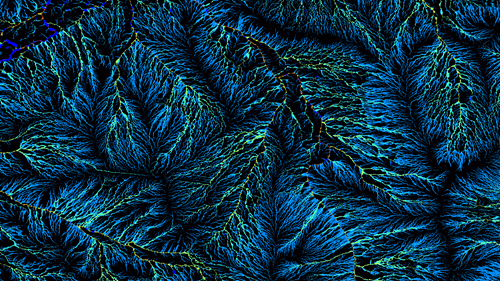In a world first, researchers have measured the jets of neutron stars to be moving at 114,000km per second – one-third the speed of light.
The international team achieved this result using the European Space Agency (ESA)’s orbiting gamma ray telescope, Integral, and the Australia Telescope Compact Array (ATCA) on Gomeroi Country which is owned and operated by Australia’s national science agency, CSIRO.
Neutron stars, like black holes, have huge gravitational pulls. When pulling matter from a nearby star, their extreme environments cause the occasional thermonuclear explosion and constant jets of matter shooting into space. Not much is known about these jets, including their composition and speed.
These latest results, published today in Nature, revealed that thermonuclear explosions – detected by Integral – pushed gas into the jets. The jets were then tracked with ATCA allowing their speed to be recorded.
Professor James Miller-Jones from the Curtin University node of the International Centre for Radio Astronomy Research (ICRAR) in Perth was one of the project researchers.
He said it’s typically hard to measure the speed of a jet, but discovering the jets are enhanced after every thermonuclear explosion provides a new way of measuring their speeds.
“The explosion tells us when the enhanced jets were launched, and we simply time them as they move downstream – just like we would time a 100m sprinter as they move between the starting blocks and the finish line,” Professor Miller-Jones said.
CSIRO’s Dr Jamie Stevens, who leads the ATCA operations team in Narrabri, describes the telescope as a world-class and adaptable instrument.
“Radio telescopes are extremely versatile in the research they can do,” Dr Stevens said.
“Five of ATCA’s six dishes, for instance, take on different configurations by moving along a track. It can be used to look at everything from nearby objects in our galaxy to some of the most distant objects in the Universe.
“The sensitivity and stability of ATCA allowed this research team to observe rapid changes in the neutron star’s surroundings over three days.
“This new method will help astronomers to better understand jets in many different environments and the complex events that build our Universe,” he said.
Russell, Degenaar, van den Eijnden, Maccarone, Tetarenko, Sanchez-Fernandez, Miller-Jones, Kuulkers, Del Santo, 'Thermonuclear explosions on neutron stars reveal the speed of their jets', Nature, 27 March 2024, DOI 10.1038/s41586-024-07133-5

